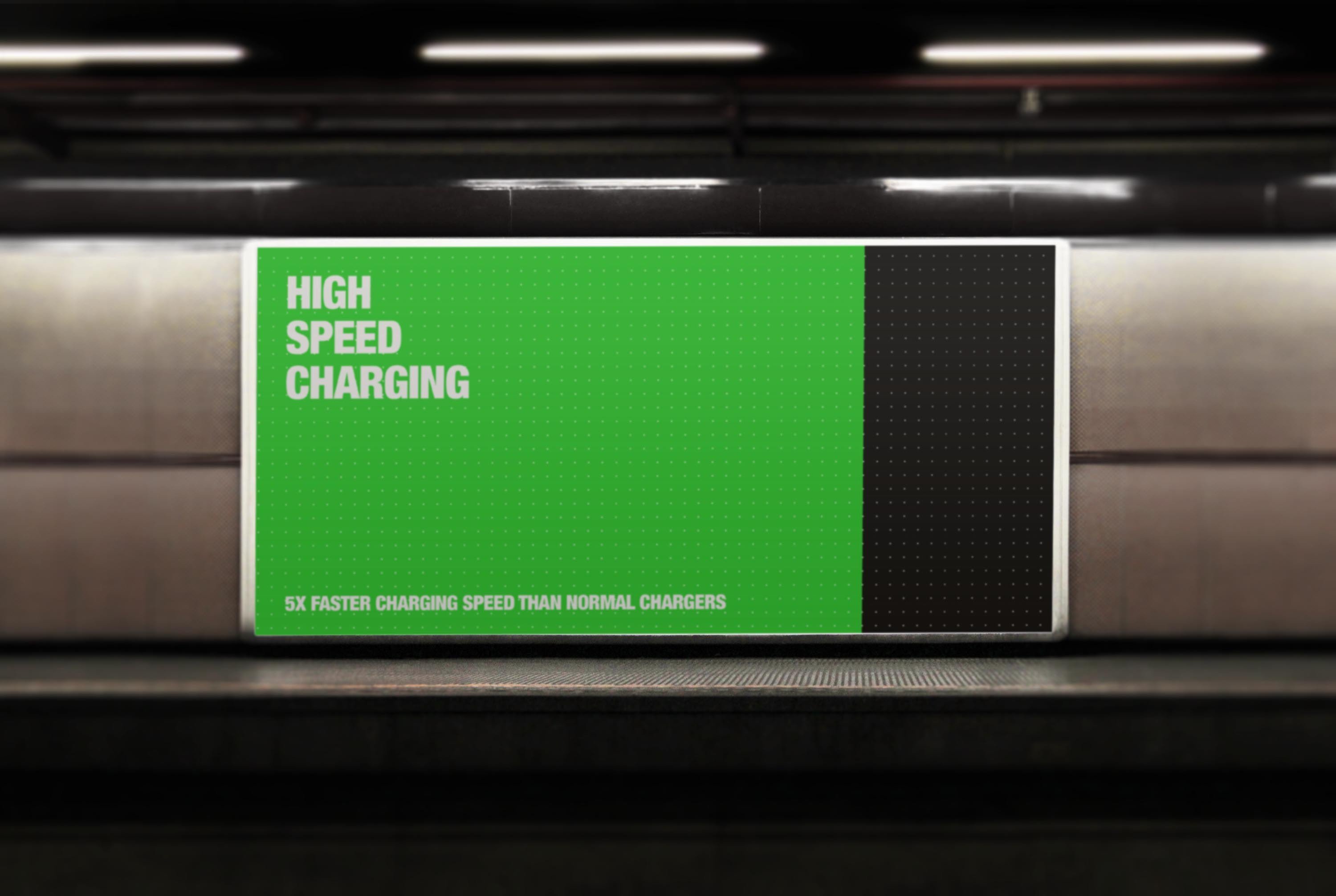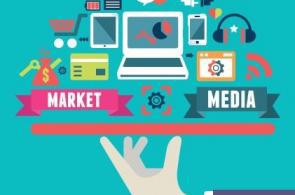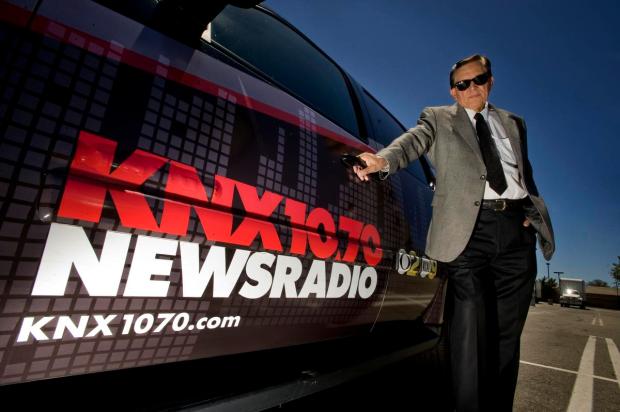
Bank print ads are a great way to promote your bank or credit union's products and services. These ads are essential to any successful marketing campaign.
Look for bank print ads that are interesting, creative, and engaging when evaluating them. This can increase customer retention and attract new customers for your bank.
Humor can be a great way to communicate your message. Here are some bank print ads with humor that stand out.
American Express Ads
Comedy is often used to attract consumers' attention in the most memorable and effective bank ads. American Express used Lin Manuel Miranda to promote their bank as well as the benefits of credit cards.

This ad was part the campaign "Live Richly". It was a big hit because it represented the American ideal of 'living life to the fullest', and using money to finance the parts that are most important to them.
MasterCard Ads
Another ad from MasterCard, titled "Priceless," was one of the most successful advertising campaigns of the late 1990s and early 2000s. It was a powerful campaign that spanned age groups and demographics to reach a broad audience of baby-boomers who had considerable spending power.
Mastercard's advertising campaign relied on a series ads that addressed different audiences. The ad agency, McCann, did this by allowing each commercial to be tailored to the target demographic.
The result was a strong and impactful campaign that also emphasized the brand's mission of "Priceless" without becoming too obtrusive.
MasterCard also produced a print advertising campaign with a collage featuring photos showing different lifestyles and depicting people. The bank's advertisements were especially successful because they made their offerings personal and unique. This helped to increase its brand recognition and encourage people to choose the bank for their financial needs.

HSBC Print Ads
HSBC's bank print ads are fun and engaging. To show how fun banking can be, they encourage customers to make origami animals out of their ATM receipts.
These ads prove that banks can still be fun. However, they should be backed with great customer service. They also show how innovative marketing can be done.
Charles Schwab Print Ads
While a lot of banks and credit unions focus on building their reputation as a friendly, family-friendly place to do business, charles schwab takes it a step further by showing how they can be more personal. The advertisement features real-life testimonials from clients who have experienced "service difference" and makes clear that this isn’t just a stock image of happy smiling faces.
HSBC’s advertising highlights how it helps the environment through providing financing for projects which produce less carbon dioxide that traditional investment methods. This effective strategy has allowed HSBC to be a leading green bank and is a wonderful example of how bank advertising can be creative.
FAQ
What is radio advertising?
You should understand how the different types of media affect each other. Remember that all media types are complementary, not competing.
Radio is best used as an extension of television advertising. Radio complements television advertising by reinforcing key messages or providing additional information.
Radio listeners often find TV commercials too lengthy. Radio ads are usually shorter and less expensive.
What are the basics of print advertising?
Print advertising is an effective way to reach consumers. Many companies use it to promote products and services. Its main purpose is to grab the attention of consumers.
Print ads are typically one page long and include text, images, logos and other graphics. They may also include sound, animation, video, and hyperlinks.
These are the main types of print ads:
1. Brochures are large-format printed materials that are designed to draw people into shops. They often have colorful pictures and eye-catching designs.
2. Catalogues – These are smaller versions to brochures. They are typically sent to customers who have requested information on specific items.
3. Flyers are small pieces or paper distributed at events such concerts and fairs. If they are given out at retail outlets, they can be obtained for free, but you must pay for them.
4. Flyers are also available in posters. They are placed on walls, fences, buildings and other surfaces. They are usually created using computer software programs designed to catch passersby's attention.
5. Direct mail – These are direct mail letters and postcards sent to potential customers. These are sent out by companies to remind customers about their business.
6. Newspaper Ads - These are placed in newspapers and magazines. These are typically quite long and often contain text as well images.
What is branding?
Branding is how you convey who you really are and what you believe in. It's how you make people remember you when they hear your name.
Branding involves creating an identity that makes your company stand out. A brand does not only include a logo, but includes everything that you look like and how your voice is used by employees.
A strong brand helps customers feel confident in buying from you because they know exactly what they're getting. They also feel more confident choosing your products than those from competitors.
A good example of a well-branded company is Apple. Apple's brand is recognized worldwide for its clean design, high product quality, and great customer support.
Apple has been synonymous with technology since its inception. Apple is the brand people think of whenever they see a smartphone or computer.
It is a good idea to create a brand prior to starting a new company. This will give your company a face and personality.
Is it possible for traffic to be free?
Refers to traffic that is free from search engine results. This type of traffic is known as organic traffic or natural traffic. There are many options to get free traffic like article marketing and social media marketing.
Article Marketing is an excellent way to generate free traffic. Paid ads have a higher CPC, but the CPC is typically much lower than paid ads. Article marketing is also called content marketing.
Social Media Marketing – Social media platforms like Facebook, Twitter and LinkedIn let you promote your business via advertising. These sites allow you to update, share photos, and develop relationships with people who could become customers. Many businesses choose to buy ad space in social media because they want a wider reach at a reduced price.
Blogging - Blogging is another great way to generate free traffic. Writing quality content that people like reading will help you attract visitors. You can start to monetize your blog with the sale of products or services after you have attracted readers.
Email Marketing – Email marketing has been around ever since the dawn of the Internet. However, it remains one of your best methods to drive traffic to you website. It is a great way to increase your subscriber base and sell products.
What is an advertising campaign?
An advertisement campaign is a series containing advertisements to promote a product. It could also refer the entire production of such advertisements.
The Latin word "to sell" gave rise to the term "ad". Marcus Terentius Varro, 116-27 BC, was the first to use it. He used it as a verb that meant "to make a sales."
Advertising campaigns are most often done by large agencies or businesses. They may involve many different media types, including print, television, radio, internet, etc.
Advertising campaigns can last up to six months and have specific goals. One example is that some campaigns seek to create awareness while others are more focused on increasing sales.
How do I choose my target market?
Start with yourself, and the people closest to you. Ask yourself "Who am I trying reach?" if you aren't sure where to start.
Ask yourself these questions: Who do you consider the most influential in your industry? What are their daily problems? Who are my top-ranking people? Where are they located online?
Take a look back at how you started your company. What was your motivation for starting? How did you solve the problem?
These answers will allow you to determine who your ideal customers are. You'll also learn more about what makes them tick and why they buy from you.
You can also look at your competitors' websites and social media pages to find clues about whom they cater to.
Once you have identified your target customer, you need to decide the best channel to reach them. For example, if your company provides services to real estate agents, you might create an informational website targeting home buyers.
You could create a blog if you offer software to small business owners.
If you sell clothing, you could create a Facebook page for teens. If you own a restaurant, you can set up a twitter account to provide information for parents searching for child-friendly options.
You have many options to convey your message.
Why not advertise your business on social media?
Social Media Marketing, or SMM, allows you access customers directly on social networks, such as Facebook, Twitter LinkedIn YouTube YouTube Google+. You can also target specific groups within these networks using keywords.
This advertising method is cost-effective because it costs less to market online than traditional methods. This method allows you to develop strong relationships with potential and current clients.
It's easy to start using social media to promote your business. All you need is a computer or smartphone and access to the Internet.
Statistics
- It collects money from the advertisers, keeps 32% for its role in facilitating the process, and the remaining 68% goes to the publisher (you). (quicksprout.com)
- Nonetheless, advertising spending as a share of GDP was slightly lower – about 2.4 percent. (en.wikipedia.org)
- Worldwide spending on advertising in 2015 amounted to an estimated US$529.43 billion. (en.wikipedia.org)
- In 1919 it was 2.5 percent of gross domestic product (GDP) in the US, and it averaged 2.2 percent of GDP between then and at least 2007, though it may have declined dramatically since the Great Recession. (en.wikipedia.org)
External Links
How To
How do I advertise with Google?
AdWords is Google’s advertising platform that allows businesses to buy ads using specific keywords. Setting up your account is the first thing. You select a campaign name, set the budget, choose the ad type (text, image, video), and add keywords. Then you bid on those keywords. Clicking on an advertisement will only result in you being paid if the click is from someone who searched one of your targeted keyword phrases. This allows you to get paid even if people don’t buy anything.
Google has many tools available to make sure your ads are effective. These tools include Ads Preferences Manager Manager and Keyword Planner. These enable you to determine what is most effective for your business.
A keyword planner helps you determine which keywords to use for your campaigns. It also shows you how much competition there is for certain keywords, helping you decide whether or not to spend money bidding on them.
To change settings such as the maximum number per day or the minimum cost per Click, you can use Ads Preferences Manager
Analytics lets you track the performance of your ads and compare them to competitors. Reports can be viewed that compare your ads to others.